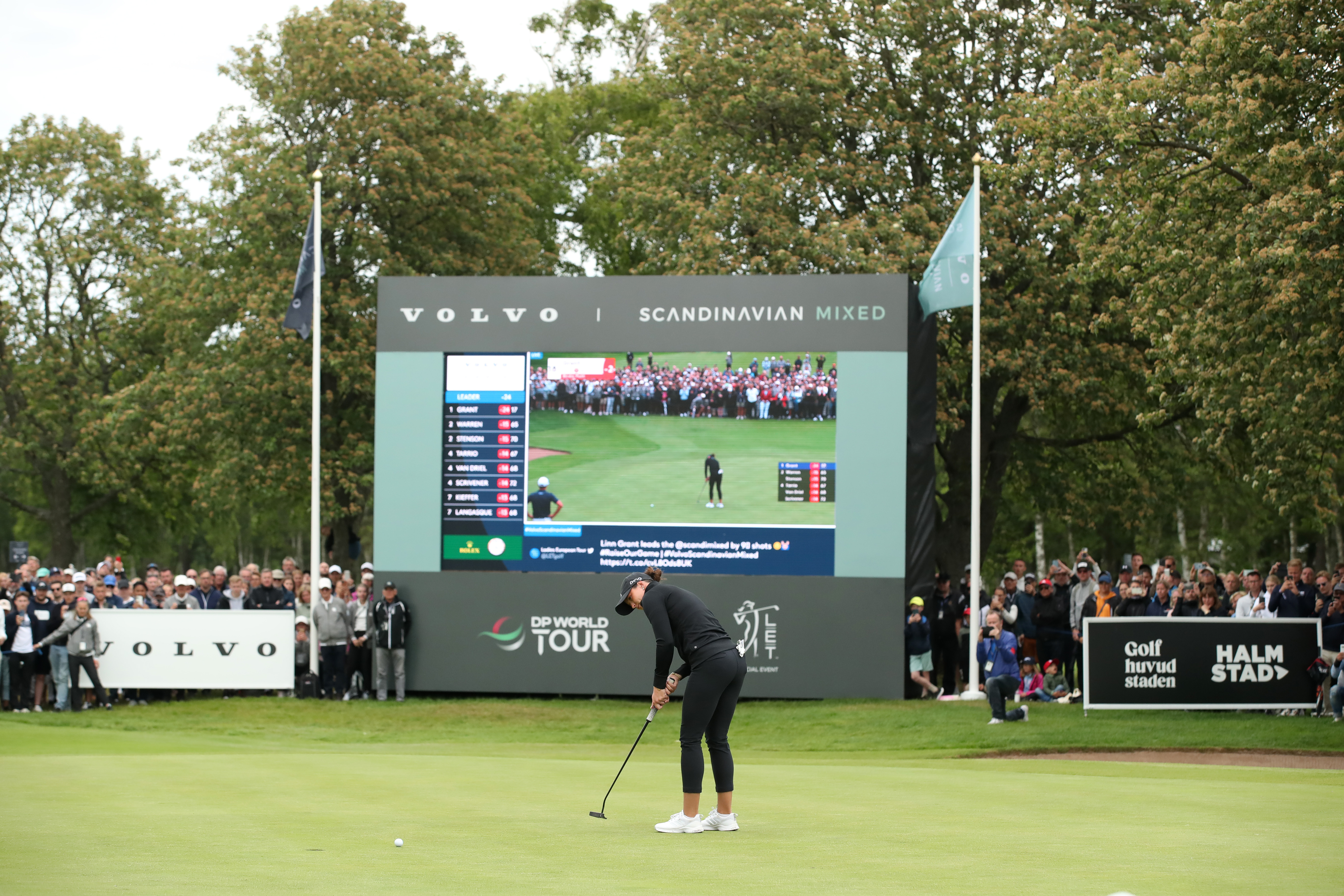
In the age of satellite TV you can enjoy watching the best of the best play golf pretty much all year round. Watching golf is unlike watching many other sports, as the camera cuts from player to player all over the course at different stages, which can be slightly confusing for those fairly new to the game. Yet it is worth the initial effort of gaining an understanding of the flow of how golf is televised, so you can learn from the very best under pressure. Here are my top picks of things you should pay attention to when watching golf on TV.
Tune In Early To Watch Players Warm Up
If you put the coverage on before the players are due to tee off you should be treated to seeing them on the practice ground. I can almost guarantee they will be using a set of alignment sticks because missed greens mean missed cuts and missed cuts means no prize money. That’s how important lining up is.
You will also see them hit balls, but what they don’t do is machine gun them down the range. They take their time over the ball and hit every shot with intention and purpose. After a few shots they might talk to their caddie or coach about how they are feeling. Of course we do not have that luxury to have professional help on hand but we can all slow down and be more thoughtful between shots. Preparation is as much about warming up the mind as well as the body and not just worrying about if you are hitting it good that day.
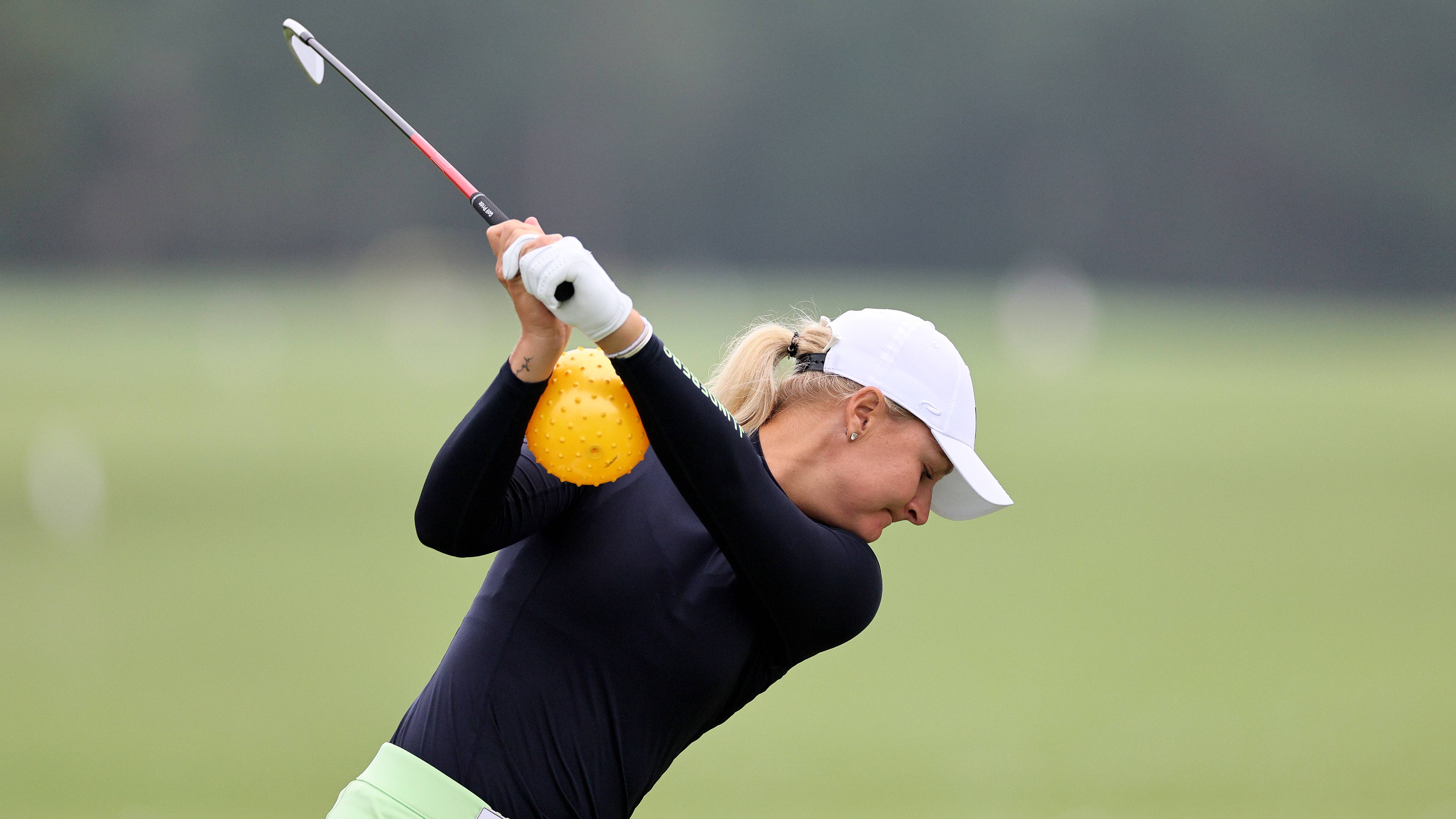
Watch Practice Swings
I’ve lost count of the number of players I’ve coached who tell me they don’t take practice swings because it either takes too long or they hit the ball worse when they tee off.
Here’s my fairly standard response... If the best players in the world, who have thousands of hours of practice under their belt still deem practice swings worthwhile, then we mere mortals definitely should.
Think of your practice swing as a rehearsal for the task of the shot you are about to play rather than if your swing felt good. Yes, that’s a bonus, but really a practice swing is preparation. You go from your body hitting putts to then full driver swings, so always take the opportunity to prepare yourself for the particular shot in hand.
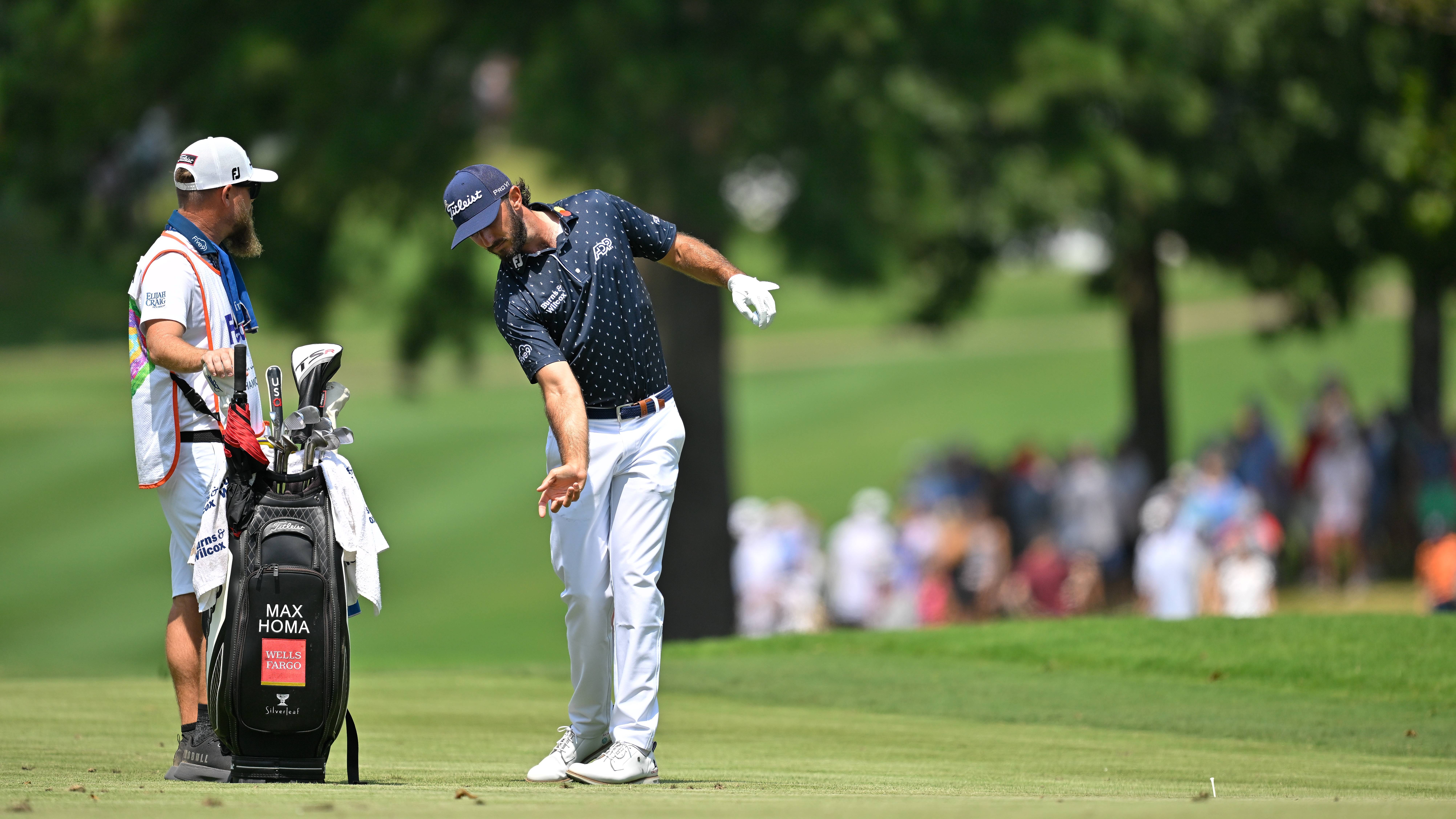
Take Notes Of Different Pre-Shot Routines
Looking at pre-shot routines is like peeping behind the curtain to see what makes the world's best golfers play so well. Amateurs tend to be guilty of going with what feels right on the day or in the moment, but the top pros rely on systems and routines to obtain the holy grail of good golf - consistency.
Not only do pre-shot routines prepare the players to hit, they help to keep them calm and their mind on the task ahead, so regardless of the importance of the shot, they are relaxed and steady in their routine. Notice if they have a different routine for hitting a drive than they do for chipping or putting.
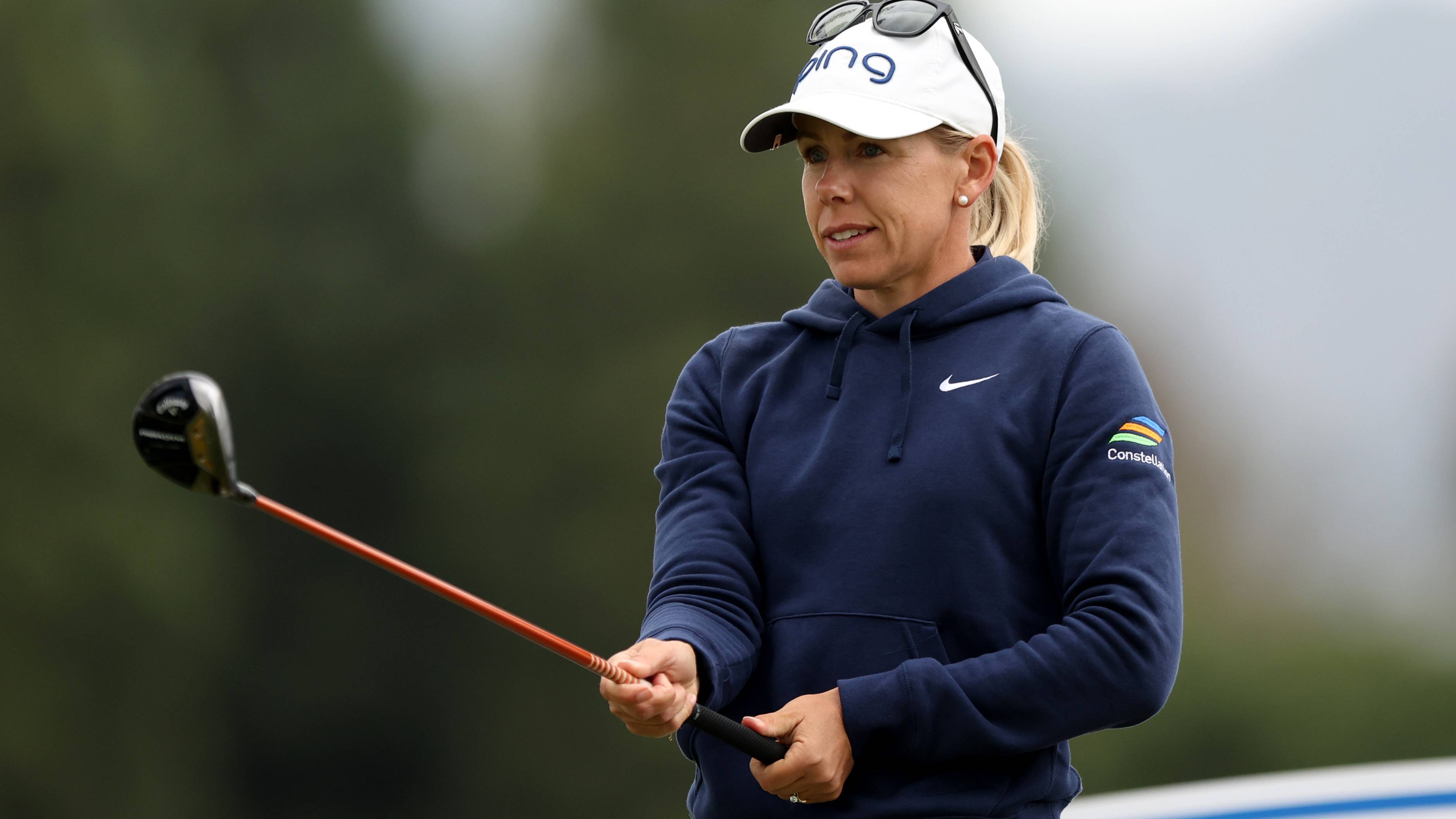
Admire Ball Speed And Yardages
These men and women are athletes, and in case that was ever in doubt, their ball stats should be a testament to that! The average driving distance on the LPGA Tour is 255-265 yards with Austin Kim at the top of the leaderboard with an average of 278 yards. For men, the average driving distance on the PGA Tour is 300 yards with the big hitters on tour like Rory McIlroy up there with a 320 average!
Remember, for drives to be recorded, they have to be hitting the fairway to be able to hit a ball that far and that accurately. This takes enormous dedication and players will spend hours in the gym and on the practice ground. So sit back and enjoy the show at watching the athleticism of these players in action.
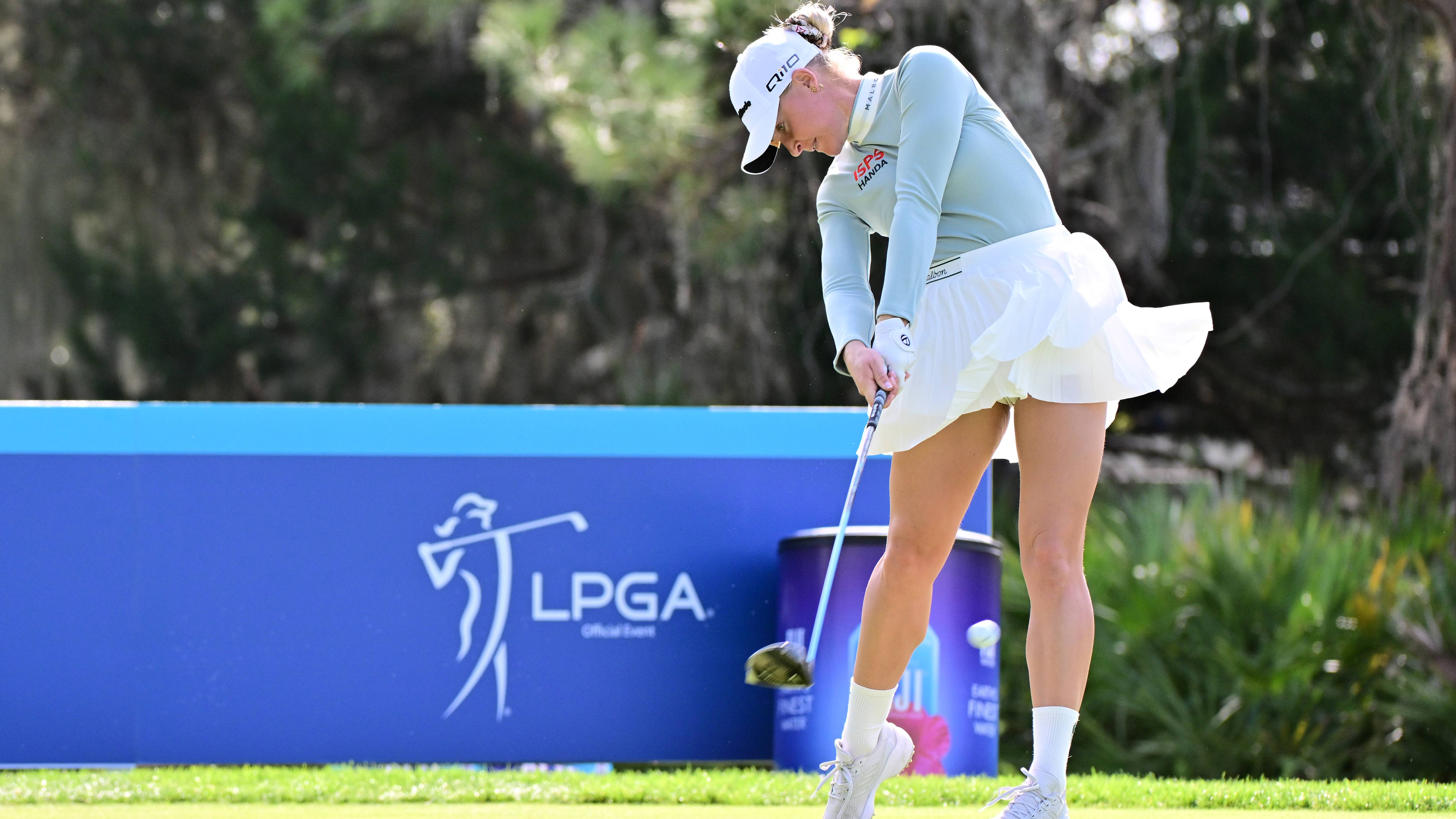
Pay Attention To The Leaderboard
Coverage will be heavily focused on those in contention, but always be ready to enjoy a shot by someone not near the top of the leaderboard, because for them to be featured out of the blue means they’ve hit a spectacular golf shot.
In terms of the most exciting day to watch a tournament, I love an opening round to see who’s walking with their head held high. Day two will break a few spirits with the cut looming and day 3, otherwise known as ‘moving day’, is often considered one of the most exciting days to watch golf as the wheels can come off for those in contention who need another steady round and for everyone else there is everything to play for. The last round is of course very exciting as the pressure is really on then.
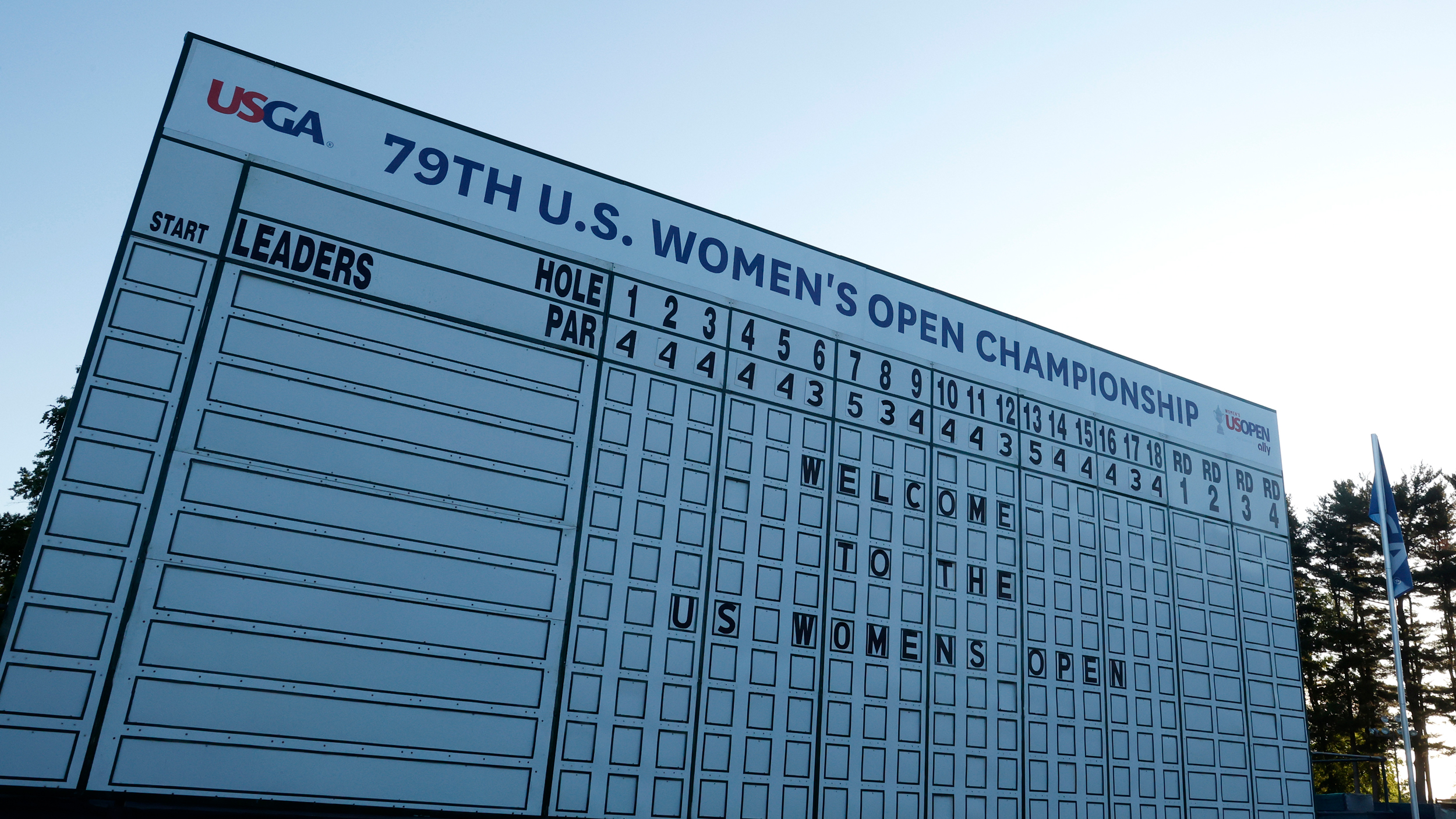
Listen And Learn
Never has there been a better time to watch golf with the amount of information, stats and course graphics shown throughout the tournament. The graphics showing the slopes on a green are my favourite as it demonstrates just how tricky they are and the best place to land the ball to get close. It’s not all about there’s the flag, attack! It’s about being strategic with where to land it.
One of the tips I pass on from my coaching as a youngster is that if you aim for the middle of the green, odds are you will end up closer and it’s a tip that’s recently been endorsed by Bryson DeChambeau who took inspiration from Boo Weekley’s quote that the centre of the green never moves. It has certainly served him well recently, claiming his second US Open victory in dramatic fashion over Rory McIlroy.
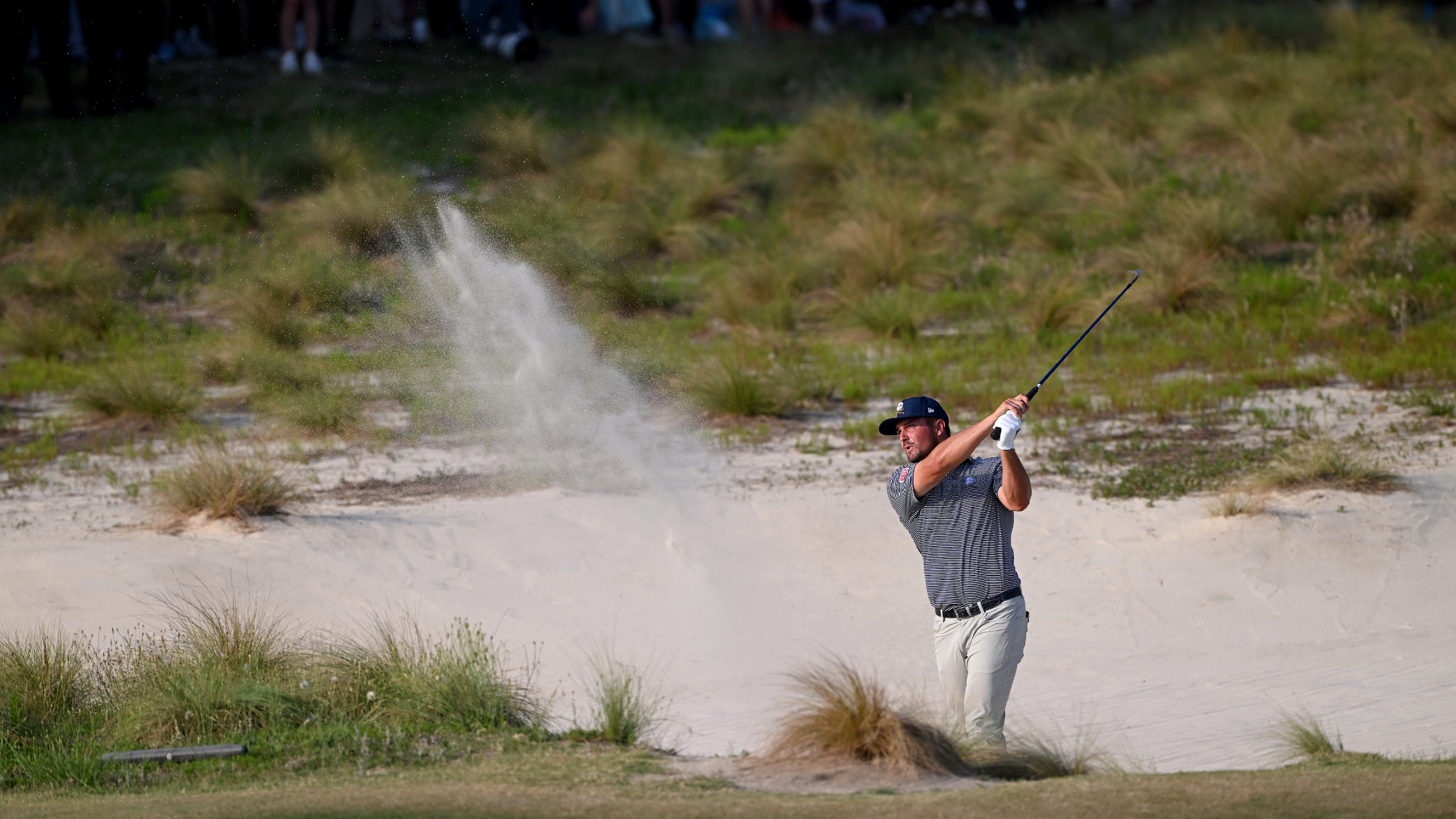
Look Where You Are Going!
All too often amateurs are too absorbed in their swing thoughts rather than the shot at hand. Take chipping and putting for example, the head is down looking at the ground, but the pros are looking at the business end of the deal.
As soon as they get within 20-30 yards of the green, all their attention goes into focusing on the target because that’s what they need 'feel' for. Imagine if you had to throw a ball or a dart, but instead of looking at the board you watched your arm rock back and forth, it serves no purpose. So look at your target and get your body to react to it like the pros.
They are human too, but it’s easy to forget that when the coverage is heavily focused on the players at the top of the leaderboard who are making all the putts that week, what you are not seeing is the missed putts, of which there are many. This can leave amateurs with an inflated sense of ego that they too should be making everything from inside 8ft but that’s just not the case.
Nothing feels more relatable than seeing pros miss short putts. It makes you squirm in your seat to see it, but we all know that feeling so well. The pros do hit bad shots, lots of them, the lesson they teach us is how they react to it when they do. They get on with the job and do the best they can with the next shot because to dwell on it is more harmful than the end score. So the next time you hit a stinker, don’t curse the golf Gods and throw your toys out of the pram, take a deep breath and embrace the challenge of the next shot.







